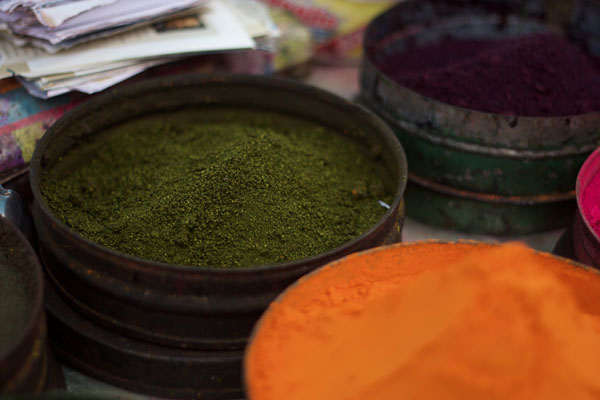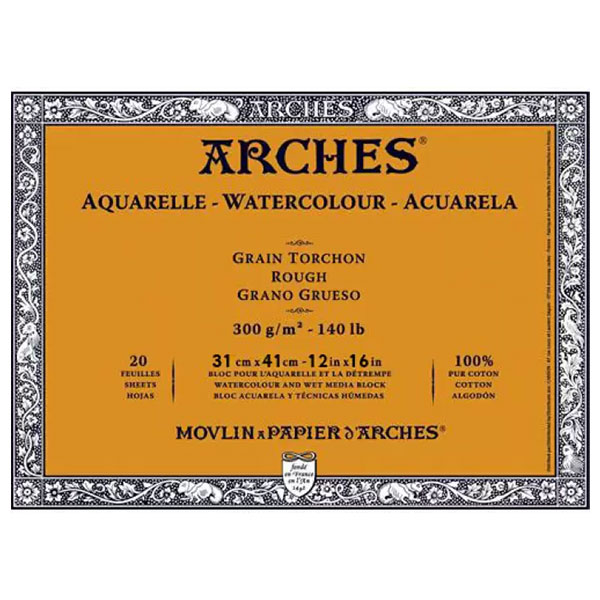
I love colour – I love the different hues and variations and the way the colours in a box set of pencils or pastels move from one to the next. As a child, I would repack my crayons over and over trying to work out the best way for them to seamlessly move from red to blue to green. I admit though that it wasn’t until I listened to a podcast interview with Gamblin founder Robert Gamblin about his search for a Flake White Replacement that I became intrigued with pigments.

Evidence of pigments used in cave paintings date as far back as 40 000 years ago and were mainly earth pigments – ochres from clays, black from soot and white chalk. Red and yellow ochre are some of the oldest pigments and are still used today. Earth pigments include yellow, red and purple ochre, as well as sienna and umber. The ingredient giving the tell-tale yellow colour is iron oxide-hydroxide. Sienna in its raw state can be heated to transform the colour into a rich reddish-brown which is then aptly named burnt sienna. Historians and scientists alike have been searching for the origin of ancient pigments like these and the results are fascinating. Analysing the pigments found on artifacts and paintings have uncovered thousands of colours with sources from all over the world.

By far one of the most well-known and expensive colours ever created is ultramarine blue. Originally the Lapis Lazuli stones were mined in Afghanistan and then imported to Europe. The semi-precious stone was then ground into a fine powder to make the beautiful blue colour and was widely used by Renaissance painters. It is said to be the most difficult pigment to grind by hand and using a lesser quality rock would only yield a pale grayish blue powder. Luckily a synthetic version was discovered in 1826, making the pigment more widely available and affordable!

Other interesting sources of pigments include a red dye produced by the cochineal bug found on cacti in Mexico – also still used in lipstick and blush. Tyrian purple, on the other hand, was produced using the mucus from Murex snails. About 12 000 mollusks had to be harvested to create only 1.4 grams of the colour and thus the pigment eventually fell out of popularity and disappeared.
The tall tale regarding the origin of the pigment ‘Dragon’s Blood’ was said to have been created to fuel the popularity of the red colour. According to the 16th-century navigator Richard Eden, this pigment was obtained when the blood of Dragons and Elephants ‘runneth out of him mingled together’ during an ongoing war against each other. The colour cinnabaris was formed when the two bloods congealed – though in truth it was actually produced from the rattan palm out of Southeast Asia!
A story just as bizarre is that of Mummy Brown. The brown colour was quite popular in the 18th and 19th centuries and was – as the name suggests – derived from the dark resin on the wrapped bodies of Egyptian mummies!
Many of our pigments today are synthetically produced and thankfully science has managed to exclude some of the less enticing sources of colour. Paints and pigments created are tested to ensure safety and toxic heavy metals like cadmium are no longer used freely.
The history and science behind the art of creating colour is as old as art itself and I look forward to sharing some more interesting tidbits soon!





